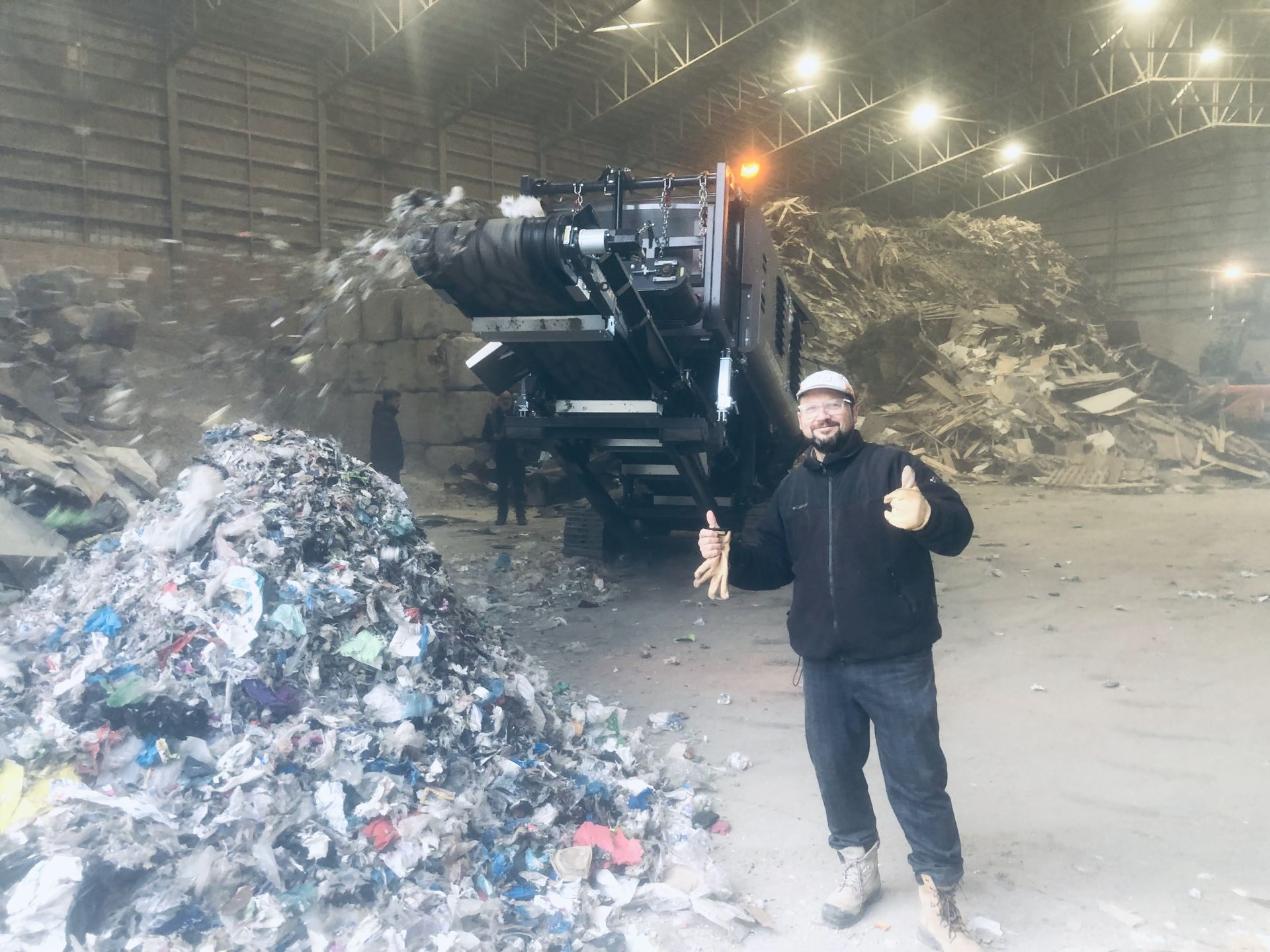
Reducing Landfill Waste
The Roles of urban waste-to-Energy Conversion
Landfills pose a considerable threat to our environment, ranking second on GHG emission after transportation. With the world producing million of tons of urban waste annually, of which only 9% is recycled, our landfills and oceans are rapidly filling up with non-biogenic (plastics) and biogenic waste. This growing problem demands efficient and effective solutions. Our pyrogasification process is a pathway to produce clean fuel syngas and capture carbon in the solid phase so call carbon black or vitrified slag ( inert rock).
Urban waste-to-Energy Conversion; A Promising Route for Recycling Urban Waste
Thermo-chemical recycling ( gasification, pyrolysis or pyrogasification), which involves converting waste into fuels ( syngas or oil), has recently been deemed the most promising method for addressing the global urban waste crisis. This is due to its significant potential to drastically reduce the amount of urban waste that ends up in landfills locally or export into third world countries, thereby mitigating environmental damage.